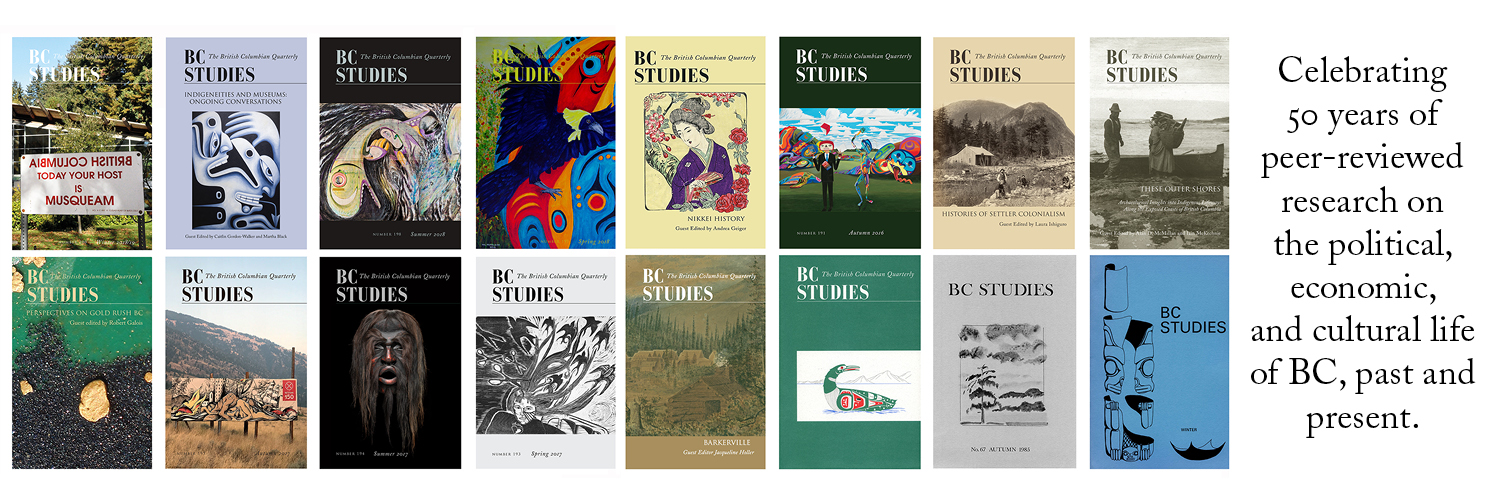Blaylock’s Bomb: How a Small BC City Helped Create the World’s First Weapon of Mass Destruction
DOI:
https://doi.org/10.14288/bcs.v0i186.184448Keywords:
atomic bomb, nuclear war, heavy water, nuclear arms and energy, weapons and munitions, Consolidated Mining and Smelting Company of Canada (CM&S), Trail, Selwyn G. BlaylockAbstract
Four years into the Second World War, the citizens of Trail, British Columbia, a small smelter city in the mountainous West Kootenay region near the United States border, were, like most of the world, totally unaware of the possibility of creating an atomic bomb. Trail’s industrial workforce, employees of the Consolidated Mining and Smelting Company of Canada (CM&S Company), were home-front producers of war materials destined for Allied forces on the battlefields of Europe. They, along with the rest of humanity, would have seen the creation of such a bomb as pure science fiction fantasy invented by the likes of British novelist H.G. Wells.[1] They were understandably preoccupied with the life-and-death necessity of ensuring an Allied victory against the Nazis, Italian fascists, and the Japanese. It was no secret that, as it had done in the previous world conflict, their employer was supplying much of the lead, zinc and now fertilizer that Britain needed to prosecute the war.[2]What Trailites did not know was that they were for a short time indispensable in the creation of the world’s first weapon of mass destruction.
[1] H.G. Wells, The Shape of Things to Come (London: Penguin, 2005), and The World Set Free (London: Macmillan & Co., 1914). Both allude to nuclear war.
[2] Lance H. Whittaker, “All is not Gold: A Story of the Discovery, Production and Processing of the Mineral, Chemical and Power Resources of the Kootenay District of the Province of British Columbia and of the Lives of the Men Who Developed and Exploited Those Resources,” unpublished manuscript commissioned by S.G. Blaylock, Trail, B.C., 1945, 272, claims that throughout the war the company “supplied the British Empire with fifty per cent of its lead and zinc at an estimated saving to the Imperial Government of over $100 million.” See also Al King, Red Bait!: Struggles of a Mine Mill Local (Vancouver: Kingbird Publishing, 1998), 43.of its lead and zinc at an estimated saving to the Imperial Government of over $100 million.” See also Al King, Red Bait!: Struggles of a Mine Mill Local (Vancouver: Kingbird Publishing, 1998), 43. Surprisingly, it was a claim that did not merit mention in military historian J.L. Granatstein's "Arming the Nation: Canada's Industrial War Effort 1939-1945," a paper prepared for the Canadian Council of Chief Executives and presented at its roundtable on foreign policy and defence, Canadian War Museum, 27 May 2005.



